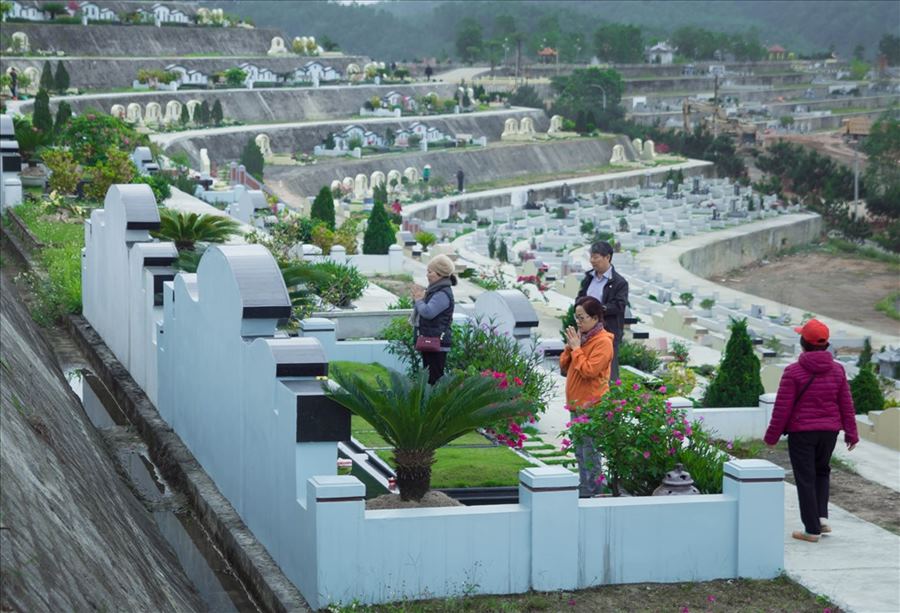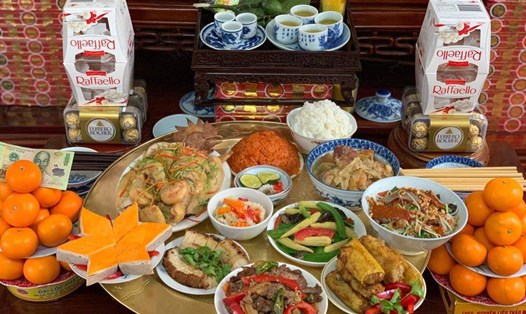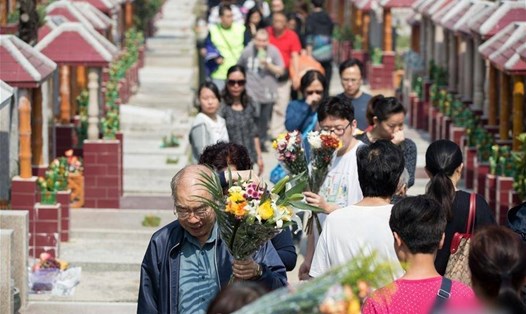Both the Lunar New Year and the Korean New Year actually originate from ancient Chinese culture.
This year, the Lunar New Year takes place on Friday, the 7th day of the 3rd lunar month (the 4th day of the 4th lunar month), while the real Lunar New Year takes place on Monday, the 3rd day of the 3rd lunar month (the 31st day of the 3rd lunar month).
According to the book of traditional Vietnamese worship - rituals and practice of rituals (World Publishing House), Tiet Thanh Minh is one of 24 periods of gas, undergoing Spring, Tiet Vu Thuy, Tiet Sutra and Spring Spring, until the 5th period is Tiet Thanh Minh.
The Lunar New Year lasts 15 days, so the Lunar New Year also lasts correspondingly and there is a day called the main festival (Lunar New Year - based on the can chi calendar).

Thanh minh Tet is a festival towards ancestors, demonstrating the morality of "remembering the source of water when drinking" that our ancestors left for future generations with the wish that our children and grandchildren will always be firmly attached to the nation. The Lunar New Year, therefore, children and grandchildren, even in many places, still remember the days of returning to their ancestral land, burying vegetables to cut the navel to bury their ancestral graves, burning incense from the road, and is also an occasion to gather with brothers and relatives in the family.
This is a gift of spiritual and cultural significance, an educational lesson for humanity towards the origin, to the praise of the nation.
Meanwhile, the real Korean Tet, also known as the "vehicle floating" Tet or the 3rd of the 3rd lunar month. Legend and customs in many localities explain the banh flo as dating back to the Hung kings and the custom of making these two banh to remind people of the story of "hundred eggs" of Au Co's mother (such as at Hung Temple, Hat Mon Temple...).
Vietnamese people celebrate Tet holiday in one day, mostly on the 3rd of March, some villages celebrate on the 6th, 8th, or even the 10th of the 12th of the same month. In addition to banh troi and banh chay as sweets, Vietnamese people also have salty foods (chicken, pork, stir-fried dishes, cooked) prepared on the morning of the 3rd to offer to their ancestors.
In many villages, people not only offer banh tre to the ancestors but also offer to the Imperial Citadel, because the hidden behind this Tet is the wish for favorable weather and harmony.
The offerings for the Lunar New Year and the Korean New Year also have many differences. With the Lunar New Year, depending on the customs of the region and the ability of the family, vegetarian offerings, salted foods, fruits, fruit cakes can be offered... In the South, there is the influence of the Chinese people, there are rituals of offering roasted pigs, roast ducks and banh chung... All depend on fate, the heart and respect are at the core.
Meanwhile, the true Korean Lunar New Year offering tray usually has: 5 or 3 bowls of banh flo, 5 or 3 bowls of banh chay; Areca nut, white water, incense, candle, flowers. People worshiping the true offering for the Lunar New Year often do not worship in the salt ceremony.
People offer offer offerings and read New Year's Eve verses at home or in the tomb. For the Lunar New Year, families worship mainly at home.











